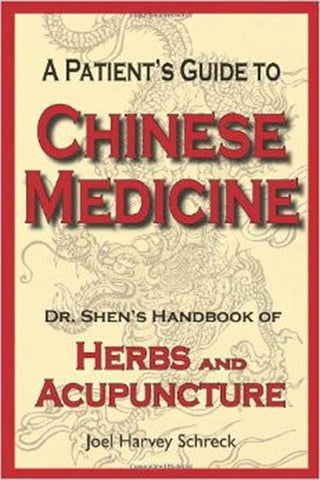
TCM for Back Pain Relief
Practitioners of Traditional Chinese Medicine see pain differently. Where your doctor sees a nerve, we see a flow of energy. To us, pain means that flow is obstructed.
Causes of Back Pain
STUCK QI
‘When there’s pain, there’s no flow. When there’s flow, there’s no pain” goes a famous saying in Chinese medicine.
There are several distinct flows of energy traversing the back. We call these flows "channels". Back pain is a sign of poor or obstructed flows in these channels. Injuries, emotional constraint, anatomical obstructions, and other events can constrain or block flow in these channels.
WEAK QI
Many cases of low back pain involve Deficient Qi (Energy). Depletion of this energy (Kidney Qi) weakens the lower back and is a common cause of back ache. Low Kidney Qi also causes muscle weakness which enables injuries to occur. So, many cases of low back pain involve both deficiency and injury.
Stress, injury, illness, overwork, excessive sex, drugs, and overstimulation of the brain, can drain the Kidney Qi and weaken the lower back.
EXCESS QI
Rising heat congests the upper back, neck, and shoulders.
Upper back pain is commonly caused by interior heat which rises in the channels (heat rises) and lodges in the neck, shoulders, and head. This results in an excess of energy in the muscles creating muscle tension.
ACUPUNCTURE FOR BACK PAIN
Acupuncturists see a lot of people with back pain. There are several reasons for this.
- Acupuncture often works for back pain. Search the internet for 'acupuncture for back pain' and you'll find many studies pointing to its effectiveness.
- Western medicine often does not. Other than pain killing drugs and surgery, there are few treatment options that offer relief for back pain.
- Acupuncture is safe. There are virtually no side effects or risks associated with acupuncture.
- Back surgery is not safe. Spinal surgery has been known to cause harm and actually make back pain worse, leading to chronic drug dependence.
Herbal Remedies for Back Pain
Herbs can be helpful for back pain when prescribed according the the correct diagnosis. Herbal pain relievers can be prescribed without a diagnosis, but are usually less effective than prescription pain medications. The following are several examples of how herbs are used to relieve back pain
Upper Back Pain
A commonly used herbal formula for this condition is GE GEN TANG (Pueraria Combination). It is used to release tension in the muscles of the neck and shoulders.
Lower Back Pain
The most often used formula for any kind of low back, or lower body pain is DU HUO JI SHENG WAN. This formula is excellent for helping circulation in the lower body, but it’s action as a kidney strengthener is mild. To supplement its tonifying effect, it can be take together with many Kidney Tonics.
Information on this site is provided for educational purposes and is not meant to substitute for the advice of your own physician or another medical professional. We make no claims as to efficacy or safety of herbs or herbal medicine appearing on this site. Information and statements regarding dietary supplements have not been evaluated by the Food and Drug Administration and are not intended to diagnose, treat, cure or prevent any disease.


